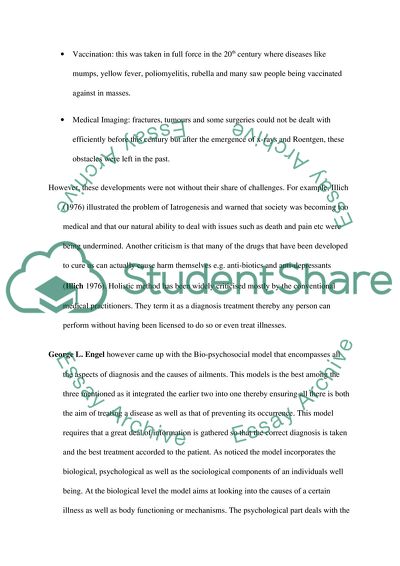Cite this document
(“BioPsychoSocial Model of Health Essay Example | Topics and Well Written Essays - 2500 words”, n.d.)
BioPsychoSocial Model of Health Essay Example | Topics and Well Written Essays - 2500 words. Retrieved from https://studentshare.org/health-sciences-medicine/1565241-health-and-society
BioPsychoSocial Model of Health Essay Example | Topics and Well Written Essays - 2500 words. Retrieved from https://studentshare.org/health-sciences-medicine/1565241-health-and-society
(BioPsychoSocial Model of Health Essay Example | Topics and Well Written Essays - 2500 Words)
BioPsychoSocial Model of Health Essay Example | Topics and Well Written Essays - 2500 Words. https://studentshare.org/health-sciences-medicine/1565241-health-and-society.
BioPsychoSocial Model of Health Essay Example | Topics and Well Written Essays - 2500 Words. https://studentshare.org/health-sciences-medicine/1565241-health-and-society.
“BioPsychoSocial Model of Health Essay Example | Topics and Well Written Essays - 2500 Words”, n.d. https://studentshare.org/health-sciences-medicine/1565241-health-and-society.


